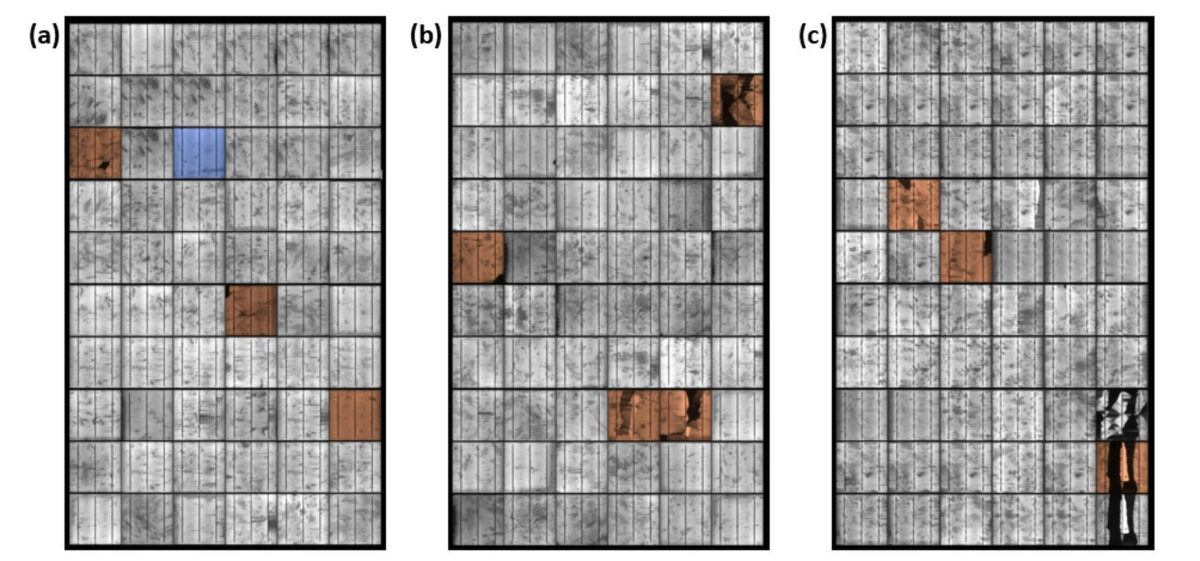Finally, after waiting more than a month, the SMAs finally arrived!

Unpacked them all to make sure there was no damage. They all look great:

I plan to cut over one array at a time to minimize production losses.
Should be a fun weekend (except when I get to the shop roof mounted ones, but I doubt I'll get to those this weekend).

Unpacked them all to make sure there was no damage. They all look great:

I plan to cut over one array at a time to minimize production losses.
Should be a fun weekend (except when I get to the shop roof mounted ones, but I doubt I'll get to those this weekend).































Comment